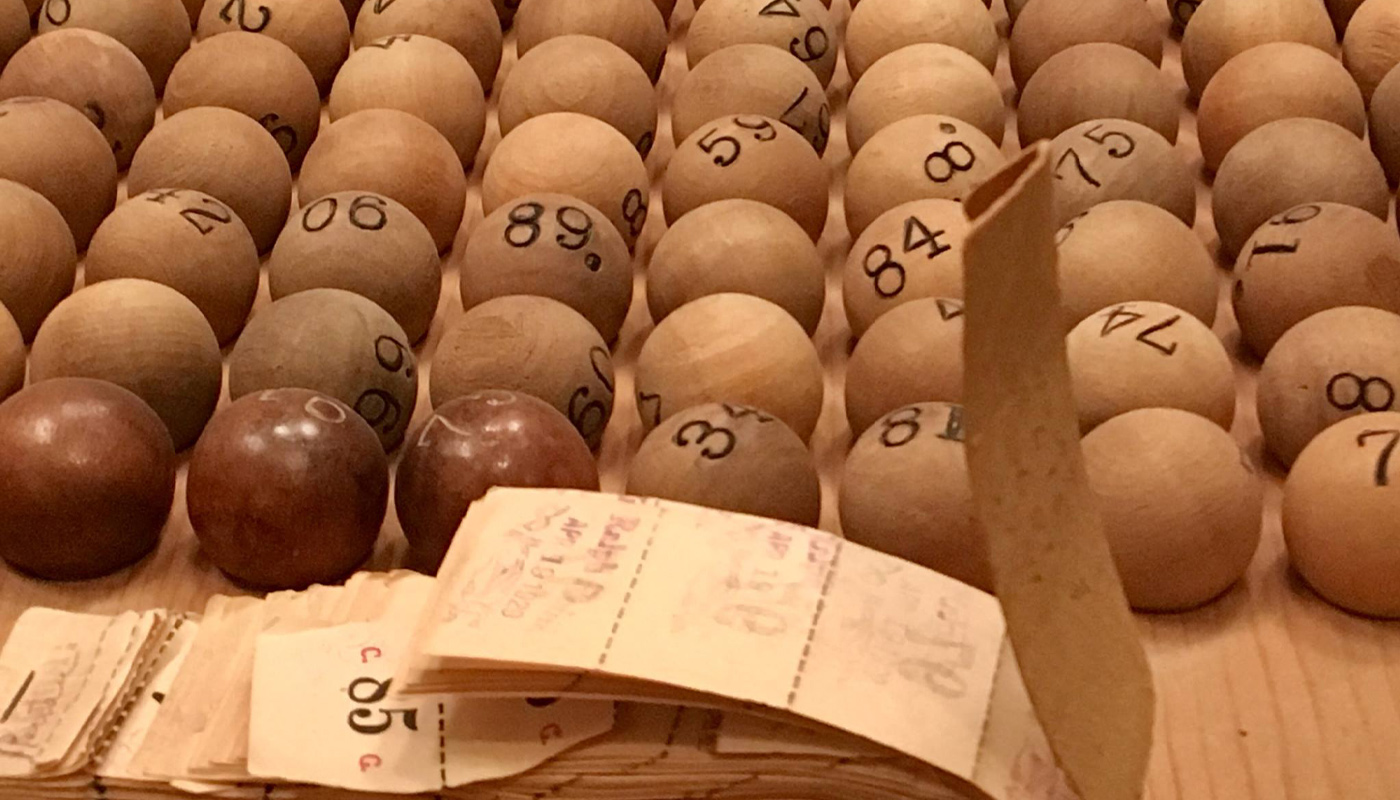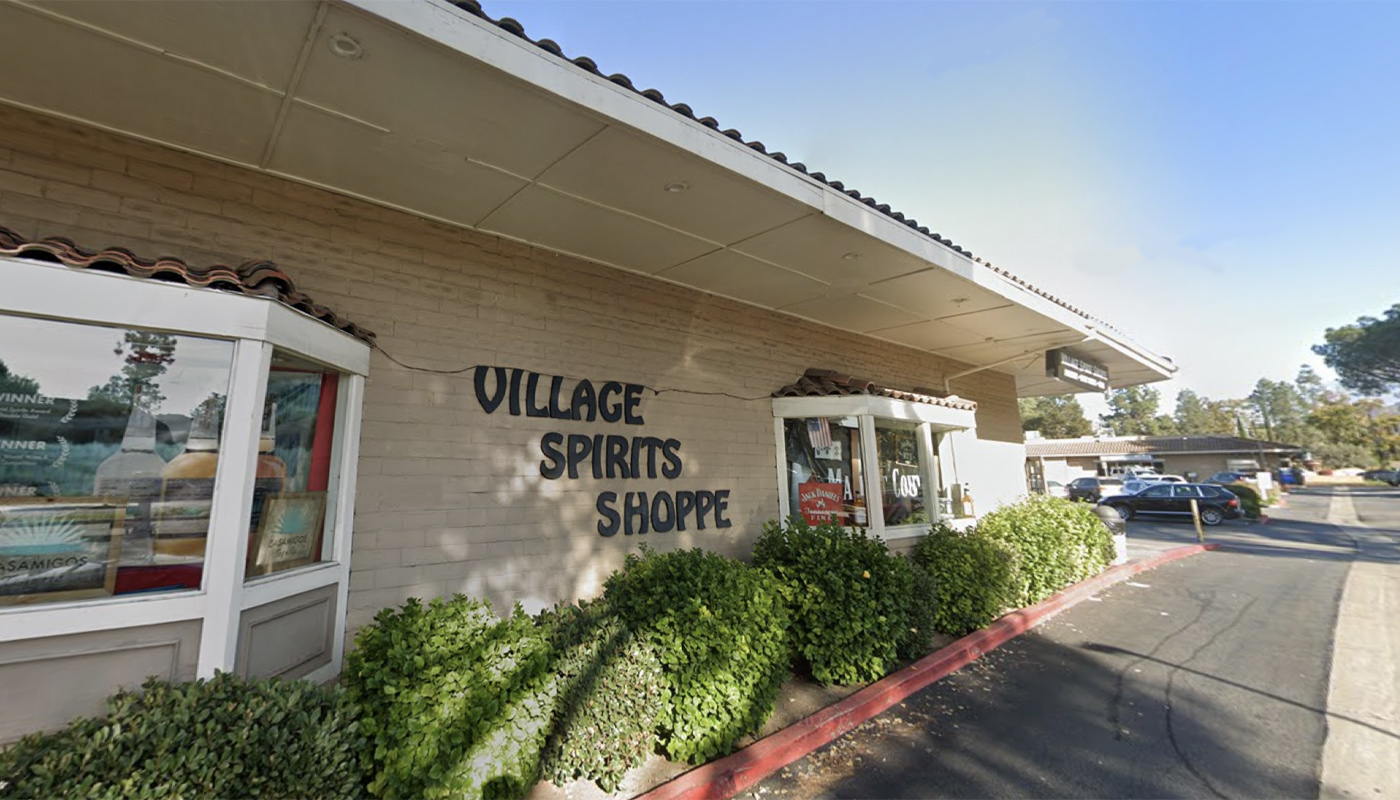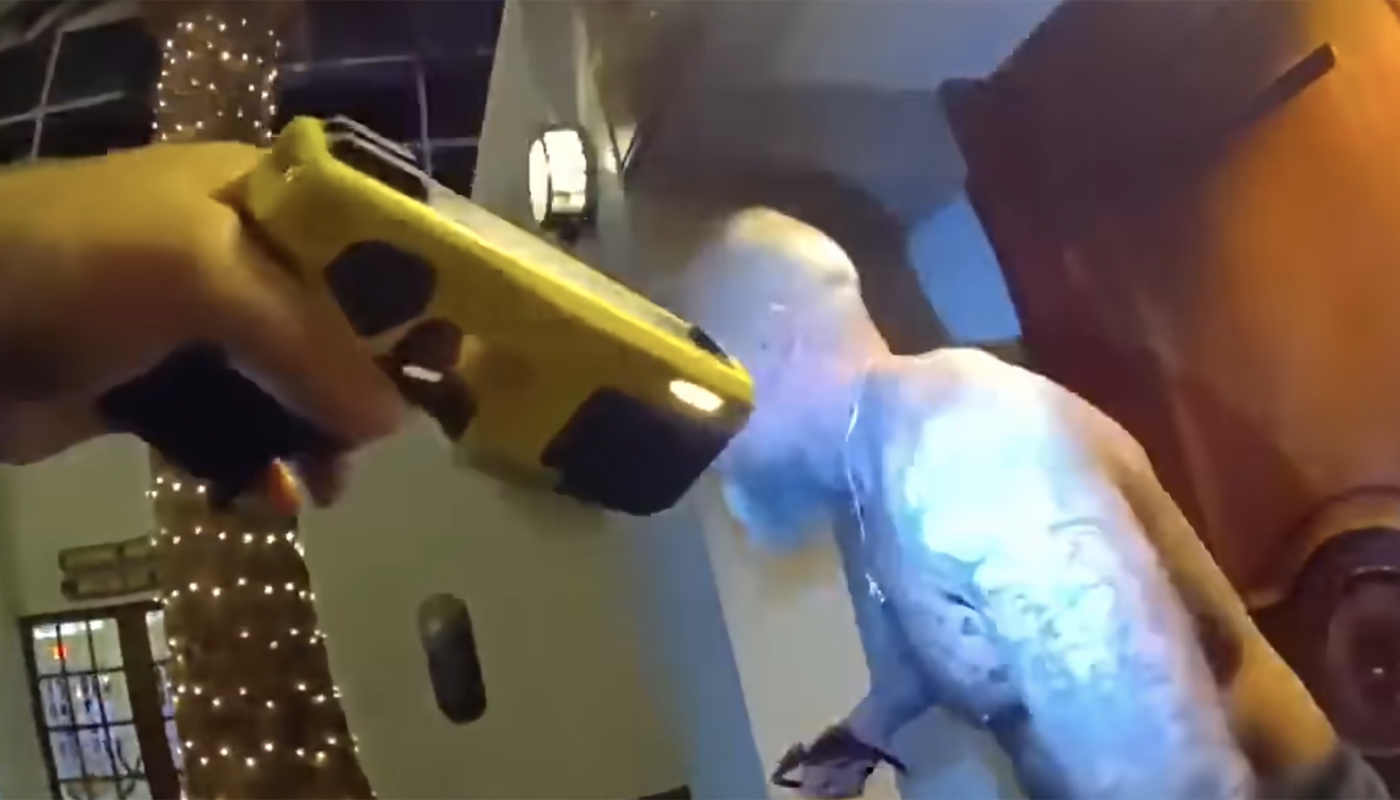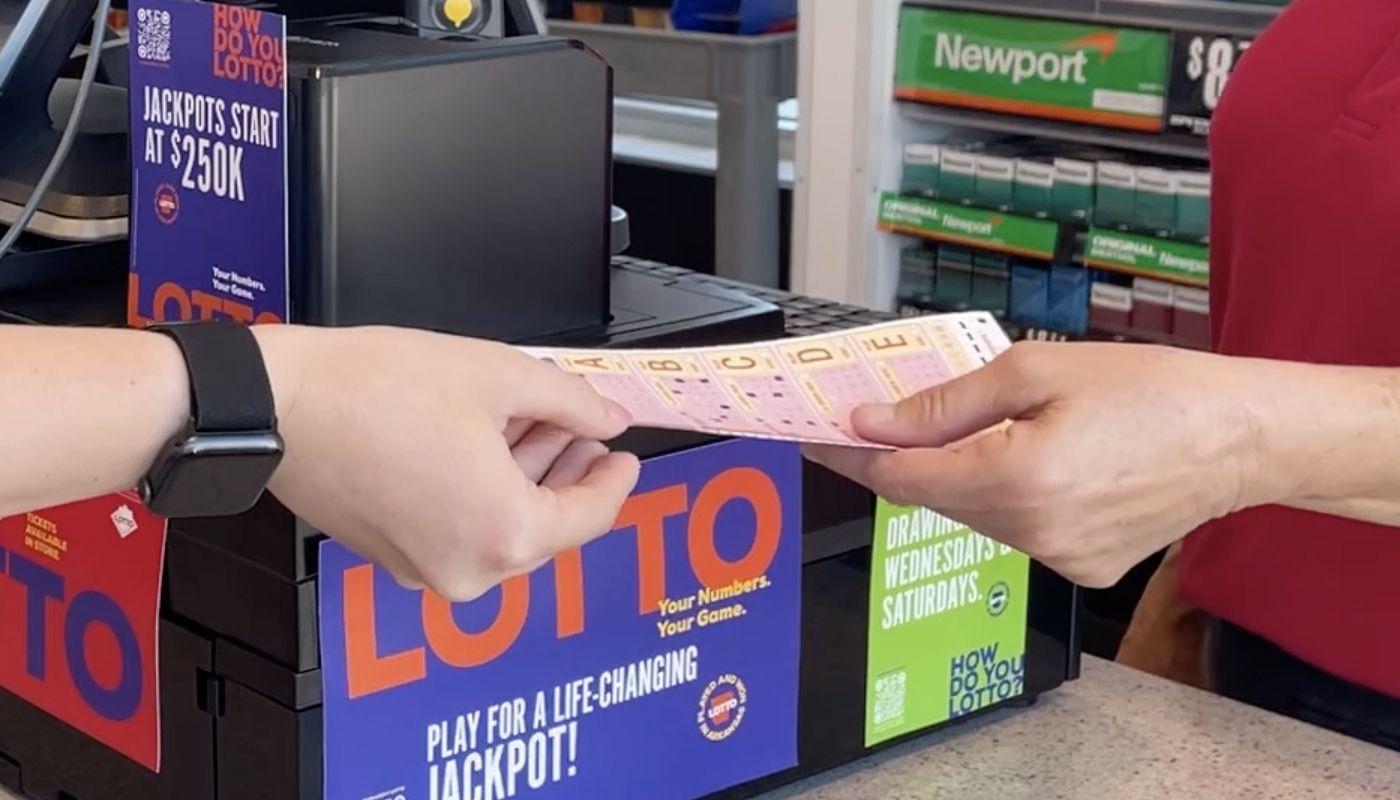
News writer; Opinion columnist
In 1986, Florida voters passed state constitutional amendment 5, which authorized the state to establish its first legal lottery. However, while the Florida Lotto was new, playing the lottery was something state residents had done for generations.
Before there was an official Florida Lottery, there was Bolita, an illegal lottery drawing game that dominated gambling in the Sunshine State and served as a crucial source of revenue for organized crime figures from around the country.
This is the true story of Bolita, one of the South's most popular illegal lottery games.
What is Bolita
At its most basic, Bolita is a simple draw game. Players buy tickets for numbers between one and one hundred. Then, a game organizer reaches into a sack containing one hundred wooden or ivory balls, and whichever number he pulls out is the winner. The word “Bolita” means little ball in Spanish.
While Bolita is thought to have been created in France shortly after the French Revolution, it quickly spread worldwide, mainly through Spanish-speaking communities, who popularized the game in Caribbean islands such as Puerto Rico and Cuba.
Bolita is similar to the Numbers Game. Tickets could be purchased for less than a dollar, and both games were most popular among the working class throughout the 1900s. The most significant difference is that the Numbers were created in Harlem and spread across the Northeast and Midwest, while Bolita was more popular in the South, particularly in Florida.
Bolita in America
Bolita first came to America with Cuban cigar makers who migrated to Central Florida in the late 1800s. The game quickly found a home in the large working-class Hispanic communities of Tampa Bay and Ybor City. In its early days, the Florida game typically paid off at 80-1 and cost only a few cents to play.
Tickets could be purchased from the city's numerous bars, saloons, barber shops, and stores that catered to Spanish players or from runners who worked designated territories and showed up at places such as cigar factories on payday to sell numbers. Bribes paid to law enforcement ensured that the games were rarely interrupted by the police.
While initially winning numbers were selected from a bag, this method was too easy to cheat. Crooked operators who wanted to select a number that hadn't been heavily bet on could freeze a ball before a drawing so they could feel it or use various methods to make a desired ball heavier or lighter than the others.
Eventually, more sophisticated methods were used to pick winning numbers, such as using numbers from the Cuban lottery, which were broadcast daily on the radio, or the last three numbers of the daily purse at various local dog tracks.
In Latin communities, each Bolita ball was associated with a specific animal or item. For example, the number one meant horse, so if you dreamt of a horse, you were supposed to play that number. Books meant to interpret players' dreams and help them pick a winning Bolita number were also extremely popular.
At the beginning of the twentieth century, the game was primarily run by dozens of small, independent operators, each catering to their own client base. However, as the game grew more popular and profits increased to the millions, major organized crime figures stepped in to push the independent operators out and collect the profits for themselves.
Charlie Wall
In the 1920s, Charlie Wall, also known as the White Shadow, was the first major Bolita operator to take control of the game throughout Central Florida.
While Wall had a reputation as a ruthless and violent gambler, he was far from a typical mob boss of the era.
While many of the most prominent mob figures of that time were European immigrants who grew up in urban poverty, Charlie was born to a well-known and respectable Tampa Bay family. Despite his privileged upbringing, Wall was expelled from elite private schools and spent his youth committing petty crimes until he eventually discovered and fell in love with Tampa's illegal gambling halls.
Wall took control of the Bolita rackets because his privileged background meant that he was well connected with Tampa's existing power structure. He established an extensive bribery network that paid off judges, sheriffs, and local politicians.
Eventually, through a combination of violence and graft, he consolidated control of Ybor City's Bolita rackets alongside his closest associate, Evaristo "Tito" Rubio.
However, Wall wasn't the only operator attempting to seize control of the lucrative Bolita territories. During the late 1920s, he was embroiled in a violent turf war with Sicilian mobster Ignacio Antinori, and their conflict was known in the press as the 'era of blood.' Over forty mobsters were either shot or murdered during this period, including Wall's partner Tito Rubio, who was gunned down in the front yard of his own home in 1938.
The war finally came to an end when two gunmen working for Wall tracked Antinori down to a local restaurant and murdered him as he sipped his coffee. While Wall was considered the winner of this long and bloody conflict, the endless violence sapped his resources, and shortly after Antinori's death, he was pushed out of the Bolita by the Italian mobster Santo Trafficante Sr.
Wall actually made a deal with Trafficante to hand over his operations in exchange for being allowed a peaceful retirement. However, after several years on the sidelines, Wall agreed to testify at the famous Kevhauer Commission, the Senate investigation into organized crime in America.
A few years after his testimony, Wall's wife found him brutally murdered in their home.
Santo Trafficante Sr and Jr
Santo Trafficante Sr was born in Sicily in 1886 and immigrated to America at the turn of the century. While he entered the country at Ellis Island, he decided to keep traveling south and eventually moved to Tampa, which had a large Sicilian population.
Trafficante rose rapidly through the local criminal hierarchy, propelled up the ladder by his association with prominent national mob bosses such as Charlie 'Lucky' Luciano and Meyer Lanksy.
After pushing Wall out, Trafficante rapidly took control of and expanded organized crime throughout Central Florida in the 1940s. He used his national connections to spread Bolita up the eastern seaboard and into New York.
Trafficante Sr was never seriously challenged for power, and some believe that this was because he worked closely with the FBI and CIA, which were more concerned with the rise of Fidel Castro than local organized crime.
Trafficante ruled until 1954, when he passed away from stomach cancer. Following his death, his son, Santo Trafficante Jr, stepped forward and took control of his father's crime family. He maintained control over Florida organized crime for decades until his own death in 1987.
Trafficanted Jr's death coincided with the launch of the state's first legal lottery, which made Bolita a much less profitable game.
Bolita in New York
While Bolita was most prominently associated with Florida, in the 1960s, an organized Cuban-American crime group known as The Corporation sought to expand the game into New York.
The Corporation was headquartered in Union City, New Jersey, just outside New York City, with the country's largest Cuban population outside Miami. It was run by José Miguel Battle Sr., who had previously been a corrupt Cuban vice cop before fleeing the country after Fidel Castro's rise.
Battle made a deal with 'Fat' Tony Salerno, one of New York's reigning mafia kingpins, to run Bolita operations in New York in exchange for sharing a cut of the profits with the established crime families. The deal proved to be incredibly successful, earning millions of dollars for both sides.
The mafia still maintained control of its traditional numbers racket, and in order to prevent conflict, a 'two-block' rule was established that said the Corporation could not operate a Bolita spot within two blocks of a Mafia numbers spot. While this rule helped to maintain peace between the various crime factions for years, when it was eventually broken, it led to an all-out mob war with tragic consequences.
Violence ensued in the early 1980s when each side accused the other of encroaching on their territory. While the two sides occasionally tried to murder each other, the preferred weapon of choice was arson.
Soldiers from the competing families would routinely burn down the stores, bars, and bodegas that served as ticket-selling spots for the opposing side. Over an 18-month period, law enforcement estimated that at least fifty fires resulted from the Bolita wars.
The conflict came to a tragic end when a four-year-old girl named Jannin Toribo was killed in one of the arson attacks. Her death sparked outrage in the city, and law enforcement moved to crack down on both sides aggressively.
Battle fled the country, but he was eventually arrested, extradited back to America, and charged with several crimes in Miami. He was found guilty following a lengthy trial and died in federal prison of natural causes in 2007.
Salerno was also convicted of several crimes and sentenced to life in prison in 1987, where he passed away in 1992.
The end of Bolita?
Although Bolita remains a popular game, it's no longer the multi-million dollar enterprise it once was. With the destruction of so many crime families, its control has returned to many of the small operators who first launched the game in Ybor City in the late 1800s.
Former Tampa mayor Pam Iorio believed the Bolita was essential to shaping the city's identity. She wrote:
Tampa's growth and development was shaped, in part, by its reputation as a gambling city with a political system based on cronyism, factional politics, and fraudulent elections.
While the Florida Lottery has taken most of the action from former Bolita players, buying numbers and dream books in cities such as Tampa, New York, and Union City is still possible.

















Comments